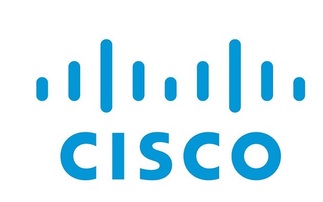NAC upgrade and two new security appliances provide single sign on and validation of user identities.
Cisco last week announced major enhancements to its unified threat management (UTM) and access control technology. Cisco’s Network Admission Control (NAC) software has been upgraded to version ...
To continue reading this article...
Join Computing
- Unlimited access to real-time news, analysis and opinion from the technology industry
- Receive important and breaking news in our daily newsletter
- Be the first to hear about our events and awards programmes
- Join live member only interviews with IT leaders at the ‘IT Lounge’; your chance to ask your burning tech questions and have them answered
- Access to the Computing Delta hub providing market intelligence and research
- Receive our members-only newsletter with exclusive opinion pieces from senior IT Leaders


















